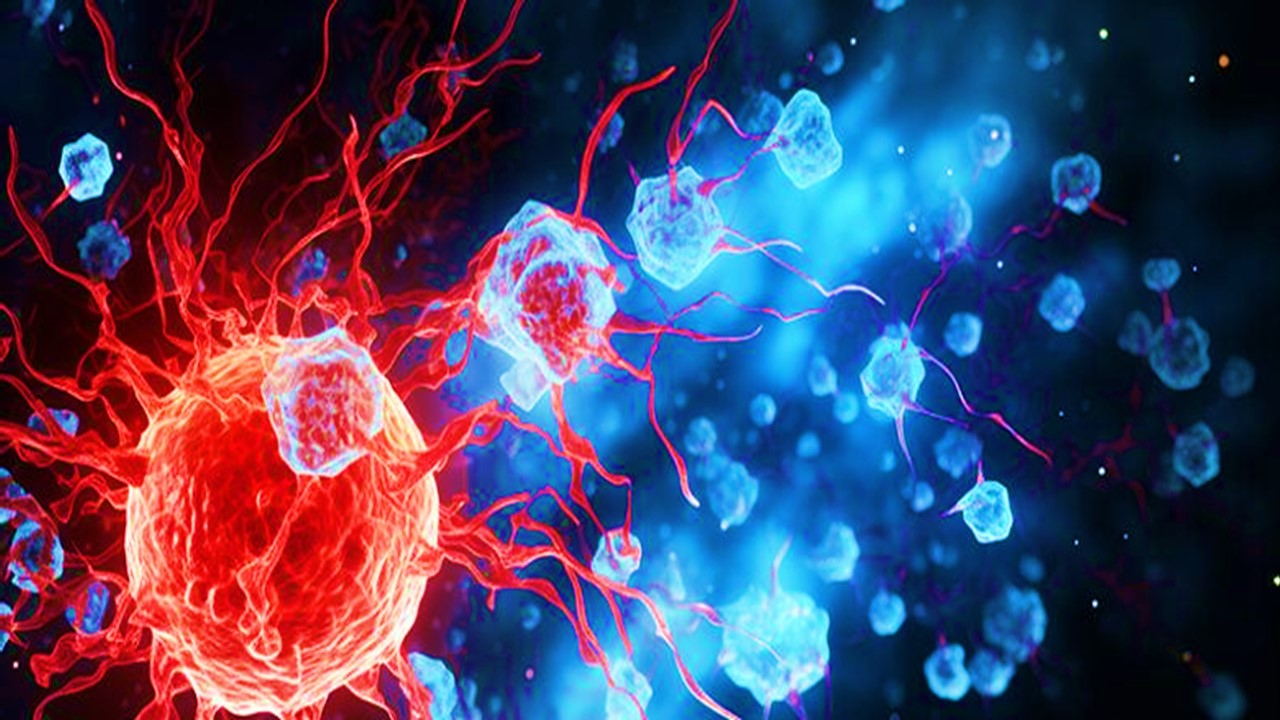While we work on improving our own novel targeted therapies to fight cancer – from antibodies, antibody-drug conjugates, cytokines and small molecules – an entire class of agents has existed with exquisitely specific tropisms for causing damage to particular parts of the body: viruses. Using viruses to counter the threat from tissues going rogue and turning cancerous has been an idea since the early 20th century, given the name Oncolytic viruses. The field saw a degree of progress into the 21st century, although considerable challenges remain to be overcome.
Origin of Oncolytic viruses
Some viruses exhibit naturally oncolytic phenotypes – usually because they recognize and bind to cell surface proteins that are highly upregulated and expressed in tumor cells. For example, coxsackieviruses demonstrate tropisms for melanomas, breast cancers and multiple myelomas because of their overexpression of Intracellular adhesion molecule 1 (ICAM-1). Similarly, the Sindbis virus targets the laminin receptor which is frequently upregulated to enhance tumor mobility and invasive potential, making the virus a natural candidate for tackling tumors likely to metastasize.
Oncolytic viruses can exploit more than just cell surface receptors to target and lyse cancerous cells however. For example, cancerous cells may often be driven by transforming the Ras pathway which regulates cellular growth – and can result in malignancy if it is co-opted by tumors. Reovirus will preferentially destroy cells for which the Ras pathway has been transformed, as cells with healthy Ras signaling will be able to detect the presence of viral RNA and destroy it. Tumors that have manipulated the Ras pathway cannot activate the response to destroy the Reovirus however – which invariably leads to increased production of the virus and cell death.
Increasing Specificity
As many trials for oncolytic viruses have been carried out on immunocompromised patients, engineering highly precise specificity in the viruses to be used has been the subject of much work in the field. This is frequently carried out through transductional engineering, which engenders the virus with the ability to target tumour surface proteins while reducing entry to non-tumorous cells. Non-transductional engineering that selectively targets transcriptomic (or other) processes found in cancer cells, but not other cells the virus will likely encounter, is the other method that is most commonly employed. With better genome editing capabilities, we can also enhance the cytotoxic properties of the viruses employed.
The Immune Obstacles
Once viruses were identified as causative agents for human disease, the idea of using them to target cancer was also floated – although the first pursuits in the area were rather crude. Also known as “virotherapy”, initial efforts for their use were stopped dead in their tracks by the propensity of the immune system to carry out its natural function – namely, to destroy the virus. However, the innate specificity – and the possibility for engineering even better specificity – in viruses remained very promising in targeting tumors, particularly in combination with other treatments.
The most intuitive solution to this issue would be to accompany virotherapies with immunosuppressive therapies – such as chemotherapy. Such approaches were investigated early in the 21st century – including modulating immune responses using cytokines to enhance Reovirus oncolysis, or disabling the complement system to allow better infiltration of the vaccinia virus. Other approaches have also been tested – such as delivering oncolytic viruses through immune-privileged vehicles, like macrophages. Providing virotherapies with a privileged immune position can carry its own risks – the specificity of the virus must be extremely high and avoid off-site damage.
Alternatively, other investigations have focused on using virotherapy as a two-pronged form of attack: to attack the tumor with the virus, and to draw the attention of the immune system to the location where the virus is present. This can be highly effective, considering the immune system tends to be exhausted or suppressed within the tumor microenvironment. Combinations of virotherapy with Immune Checkpoint Inhibitors (ICBs) have shown promising results. The proinflammatory response triggered by the oncolytic virus enables better infiltration by the immune system, rendering the tumor more susceptible to these immunotherapies. Combining oncolytic viruses with CAR-T cell therapies may also yield similar results, considering how the immunosuppressive tumor microenvironment remains an intractable problem for these therapies.
Current Therapies and Future Ways Forward
Despite the possibility to use natural or engineered targeting, lytic and immune-recruiting properties for oncolytic viruses, only one treatment based on the modality is currently on the American and European market: Talimogene laherparepvec by Amgen, also known as T-VEC, using the Herpes Simplex Virus. The treatment was developed for inoperable melanoma, and has shown a 31.5% response rate – with one in four clinical trial participants having reached – or approaching – a cure for melanoma. H101, known as Oncorine, has also been approved in China for the treatment of head and neck cancer.
While many preclinical models exist for the development of virotherapies, there remains a dearth of clinical development data – as very few investigational products have moved on to clinical development. Virotherapies require the same large amount of data that other targeted therapies do – including predictive biomarkers, determining the optimum delivery method of the product, and others. A unique limitation faced by oncolytic viruses is that animal models often prove less effective in their study – as murine cells and tumors may not be as readily infected as human cells. This lowers the efficacy of preclinical models, highlighting the acute need for more clinical data.
While it is clear that oncolytic viruses may have been overlooked as a therapeutic modality for much of the recent past, the rise of other targeted therapies has provided us with pause to revisit them. We are still at a very early stage in the refinement of the method as a way to fight and cure cancer, and the need for future work on the field is extremely high. But the flexibility they provide, and their synergistic potential with other therapies offer benefits that should not be wasted.
Join Proventa International’s Oncology Strategy Meeting in Boston to hear more on the subject of Oncolytic Viruses, as well as participate in closed door roundtable discussions on the leading trends in the wider field of oncology, led by world-renowned experts.

Subscribe
to get our
LATEST NEWS
Related Posts

Immunology & Oncology
The Silent Guardian: How GAS1 Shapes the Landscape of Metastatic Melanoma
GAS1’s discovery represents a beacon of hope in the fight against metastatic disease.

Immunology & Oncology
Resistance Mechanisms Unveiled: The Role of Glutathione S-Transferase in Cancer Therapy Failures
Understanding this dual role of GSTs as both protectors and accomplices to malignancies is central to tackling drug resistance.
Read More Articles
Myosin’s Molecular Toggle: How Dimerization of the Globular Tail Domain Controls the Motor Function of Myo5a
Myo5a exists in either an inhibited, triangulated rest or an extended, motile activation, each conformation dictated by the interplay between the GTD and its surroundings.
Designing Better Sugar Stoppers: Engineering Selective α-Glucosidase Inhibitors via Fragment-Based Dynamic Chemistry
One of the most pressing challenges in anti-diabetic therapy is reducing the unpleasant and often debilitating gastrointestinal side effects that accompany α-amylase inhibition.













